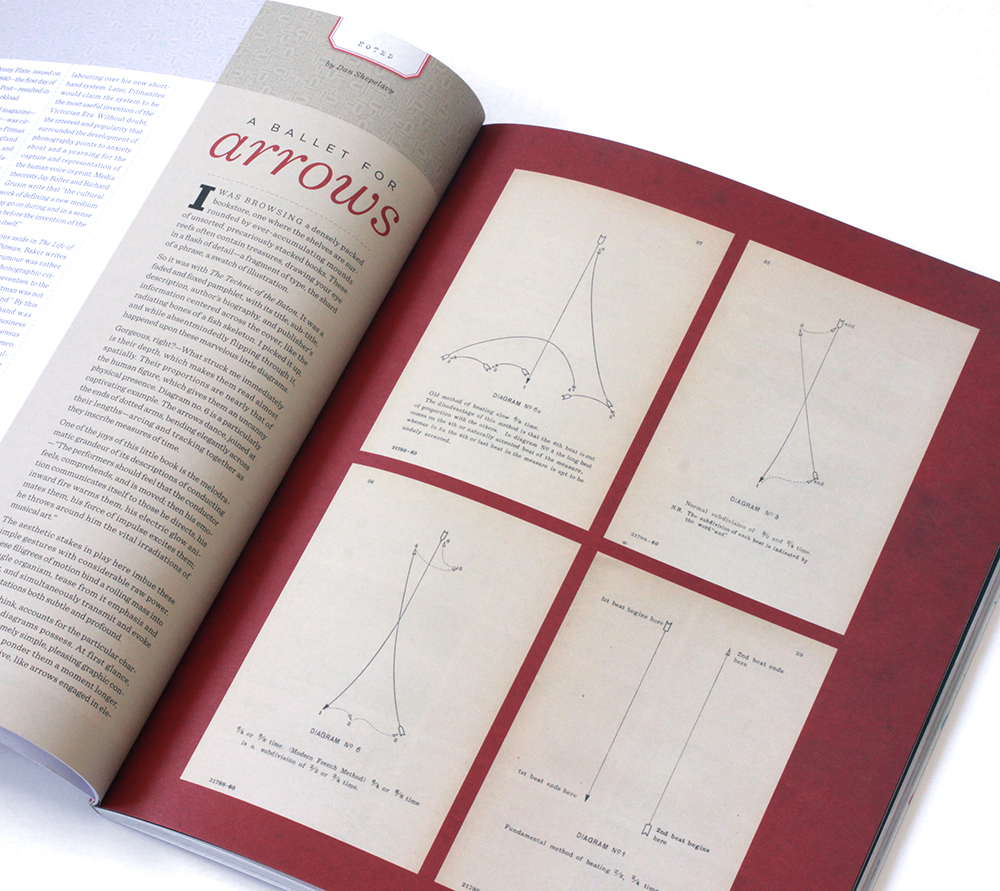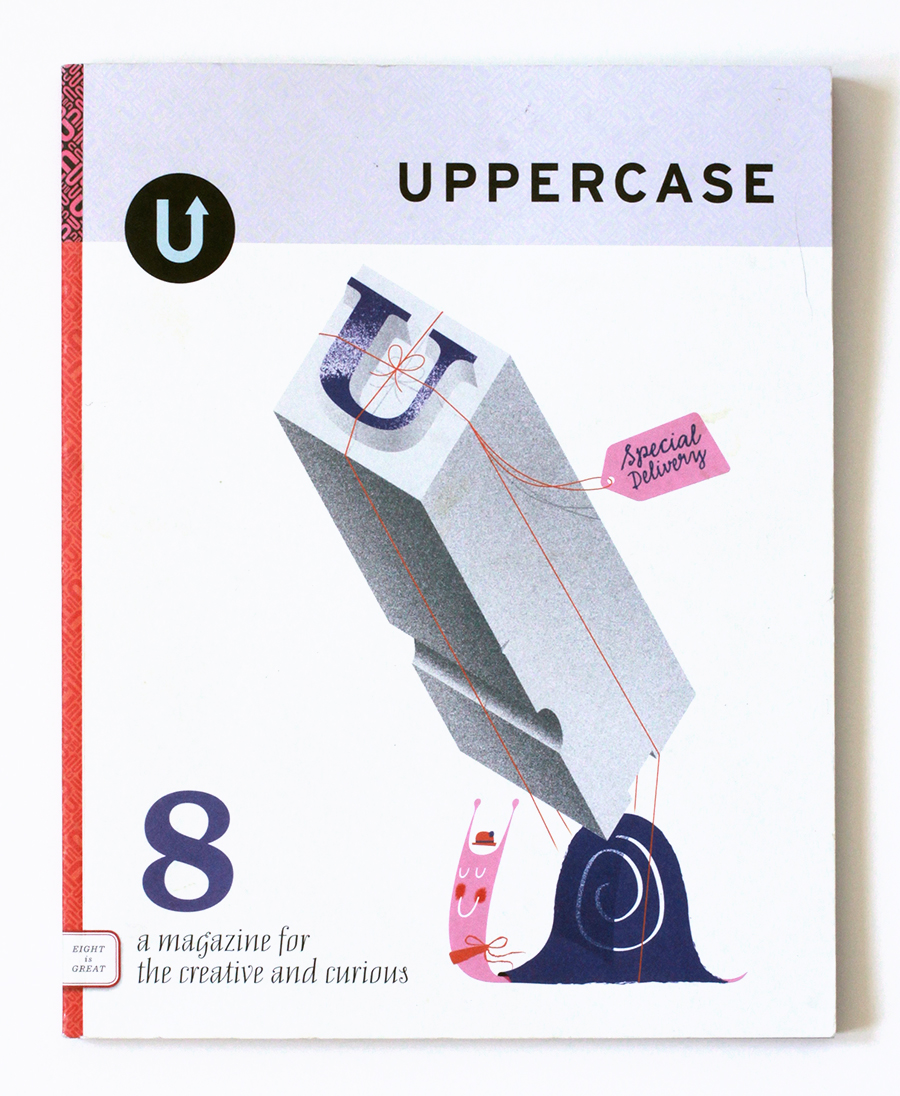I was browsing a densely packed bookstore, one where the shelves are surrounded by ever-accumulating mounds of unsorted, precariously stacked books. These reefs often contain treasures, drawing your eye in a flash of detail – a fragment of type, the shard of a phrase, a swatch of illustration.
So it was with The Technic of the Baton. It was a faded and foxed pamphlet, with its title, sub-title, description, author’s biography, and publisher’s information centered across the cover, like the radiating bones of a fish skeleton. I picked it up, and while absentmindedly flipping through it, happened upon these marvelous little diagrams.
Gorgeous, right? – What struck me immediately is their depth, which makes them read almost spatially. Their proportions are nearly that of the human figure, which gives them an uncanny physical presence. Diagram no. 6 is a particularly captivating example. The arrows dance, joined at the ends of dotted arms, bending elegantly across their lengths – arcing & tracking together as they inscribe measures of time.
One of the joys of this little book is the melodramatic grandeur of its descriptions of conducting – “The performers should feel that the conductor feels, comprehends, and is moved; then his emotion communicates itself to those he directs, his inward fire warms them, his electric glow animates them, his force of impulse excites them; he throws around him the vital irradiations of musical art.”
The aesthetic stakes in play here imbue these simple gestures with considerable raw power. These filigrees of motion bind a roiling mass into a single organism, tease from it emphasis and color, and simultaneously transmit and evoke interpretations both subtle and profound.
All this, I think, accounts for the particular character these diagrams possess. At first glance, they are supremely simple, pleasing graphic constructions. But ponder them a moment longer, and they come alive, like arrows engaged in elegant ballet.

